Introduction
Chinese cabbage, also known as napa cabbage or Peking cabbage, is a staple vegetable in many cuisines worldwide. Its crisp texture and mild flavor make it versatile in various dishes, from stir-fries and soups to salads and kimchi. However, like any fresh produce, Chinese cabbage has a limited shelf life. To ensure you enjoy its freshness for longer, it’s essential to know how to properly preserve it. This article will delve into simple, effective methods for preserving Chinese cabbage, catering to both home cooks and food enthusiasts who prioritize convenience and practicality.
Understanding Chinese Cabbage
Before diving into preservation techniques, it’s crucial to understand the basic characteristics of Chinese cabbage. This vegetable is characterized by its long, narrow leaves that are tightly wrapped around a central stem, forming a head. It has a high water content, which contributes to its tender texture but also makes it susceptible to spoilage if not stored correctly. Chinese cabbage is best consumed within a few days of purchase for optimal freshness and flavor.
The Importance of Proper Preservation
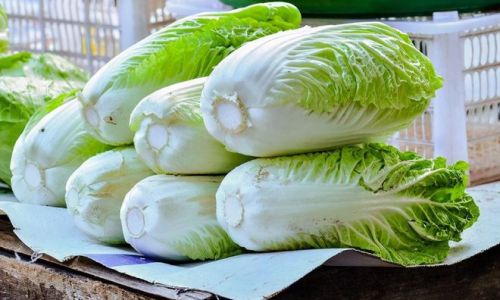
Proper preservation not only extends the shelf life of Chinese cabbage but also maintains its nutritional value and taste. Improper storage can lead to wilting, discoloration, and the development of mold, all of which render the vegetable unsuitable for consumption. By adopting simple preservation methods, you can reduce food waste, save money, and always have fresh Chinese cabbage on hand for your culinary creations.
Simple Preservation Methods
Below are several straightforward techniques for preserving Chinese cabbage, each designed to be easy to implement and effective in maintaining freshness.
Refrigeration
Refrigeration is the most common and straightforward method for preserving Chinese cabbage. The cold temperatures slow down the spoilage process, allowing the vegetable to retain its quality for longer.
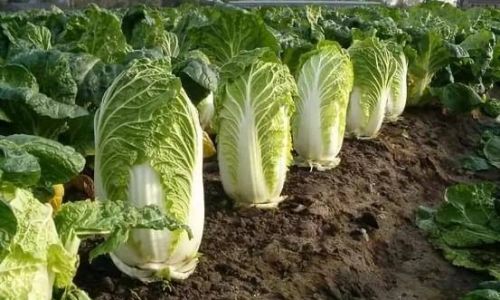
Steps:
- Inspection and Preparation: Begin by inspecting the cabbage for any signs of damage or decay. Remove any outer leaves that are wilted or discolored.
- Wrapping: Wrap the cabbage tightly in plastic wrap or place it in an airtight container. This helps to retain moisture and prevent the cabbage from drying out.
- Placement: Place the wrapped cabbage in the crisper drawer of your refrigerator. The crisper drawer maintains a consistent humidity level, ideal for storing fresh vegetables.
- Duration: Chinese cabbage can be stored in the refrigerator for up to two weeks. However, it’s best consumed within a week to ensure maximum freshness.
Tips:
- Avoid washing the cabbage before storing it, as excess moisture can promote spoilage.
- If you’ve already cut into the cabbage, store the remaining portion in an airtight container with a paper towel to absorb any excess moisture.
Freezing
For longer-term preservation, freezing Chinese cabbage is an excellent option. While freezing alters the texture slightly, it’s perfect for use in cooked dishes where the cabbage will be softened during preparation.
Steps:

- Preparation: Wash the cabbage thoroughly under running water and pat it dry using a clean kitchen towel. Remove the core and slice the cabbage into thin shreds or chunks, depending on your preferred use.
- Blanching: Blanching helps to destroy enzymes that cause spoilage and preserves the cabbage’s color and flavor. Bring a large pot of salted water to a boil, add the cabbage, and cook for about 2 minutes. Immediately transfer the cabbage to an ice water bath to stop the cooking process.
- Drying: Drain the blanched cabbage well and pat it dry with paper towels to remove any excess moisture. Excess moisture can cause freezer burn.
- Freezing: Spread the cabbage in a single layer on a baking sheet lined with parchment paper and place it in the freezer until frozen solid. This prevents the cabbage pieces from clumping together. Once frozen, transfer the cabbage to freezer bags or containers, removing as much air as possible to prevent freezer burn.
- Duration: Frozen Chinese cabbage can be stored for up to 12 months.
Tips:
- Label the freezer bags or containers with the date to keep track of how long the cabbage has been stored.
- Use frozen cabbage in cooked dishes such as soups, stews, and stir-fries.
Fermentation
Fermentation is a traditional preservation method that not only extends the shelf life of Chinese cabbage but also enhances its flavor and nutritional profile. Fermented cabbage, such as kimchi or sauerkraut, is rich in probiotics, which are beneficial for gut health.
Steps:
- Preparation: Wash the cabbage thoroughly and pat it dry. Cut it into bite-sized pieces or shred it finely.
- Salting: In a large bowl, sprinkle the cabbage with salt (about 2% of the cabbage’s weight). Use your hands to massage the salt into the cabbage, releasing its natural juices.
- Packing: Pack the salted cabbage tightly into a clean, non-reactive fermentation vessel, such as a glass jar or ceramic crock. Use a fermentation weight or a smaller jar filled with water to keep the cabbage submerged under its own juices.
- Fermentation: Cover the vessel with a loose-fitting lid to allow gases to escape while preventing contaminants from entering. Place the vessel in a cool, dark place. The fermentation process can take anywhere from a few days to a couple of weeks, depending on your desired level of fermentation.
- Storage: Once the fermentation is to your liking, transfer the cabbage to clean, airtight containers and store it in the refrigerator to slow down further fermentation.
- Duration: Fermented Chinese cabbage can be stored in the refrigerator for several months.
Tips:
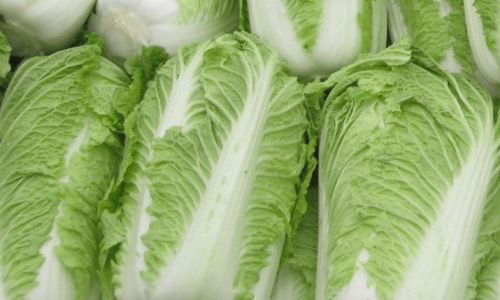
- Monitor the fermentation process regularly, checking for any signs of mold or off odors.
- Taste the cabbage periodically during fermentation to adjust the saltiness or fermentation time as needed.
Drying
Drying Chinese cabbage is less common but can be a useful preservation method, especially if you want to create a concentrated flavor for use in soups, stocks, or as a seasoning.
Steps:
- Preparation: Wash and pat the cabbage dry. Slice it into thin strips or shred it finely.
- Blanching (Optional): While blanching is not strictly necessary for drying, it can help to soften the cabbage and preserve its color. Follow the same blanching and cooling process as described for freezing.
- Drying: Spread the cabbage in a single layer on drying racks or trays. Use a food dehydrator set to a temperature of around 135°F (57°C) or an oven with the door slightly ajar and the temperature set to its lowest setting. Dry the cabbage until it is brittle and completely devoid of moisture, which can take several hours to a day depending on the drying method and the thickness of the cabbage slices.
- Storage: Store the dried cabbage in airtight containers in a cool, dark place.
- Duration: Dried Chinese cabbage can be stored for several months to a year.
Tips:
- Rehydrate dried cabbage by soaking it in water before using it in recipes.
- Experiment with different drying methods to find the one that best suits your needs and equipment.
Conclusion
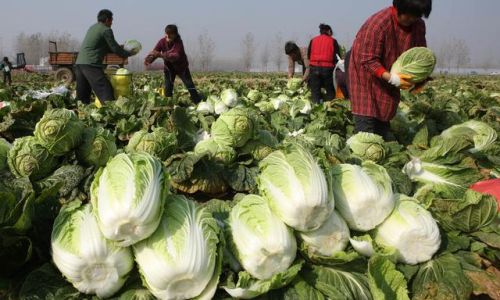
Preserving Chinese cabbage is a straightforward process that can significantly extend its shelf life and ensure you always have fresh, high-quality ingredients on hand. Whether you choose refrigeration, freezing, fermentation, or drying, each method offers unique benefits and is suitable for different culinary needs. By adopting these simple preservation techniques, you can reduce food waste, save money, and enjoy the versatility and nutritional benefits of Chinese cabbage throughout the year. Happy preserving!

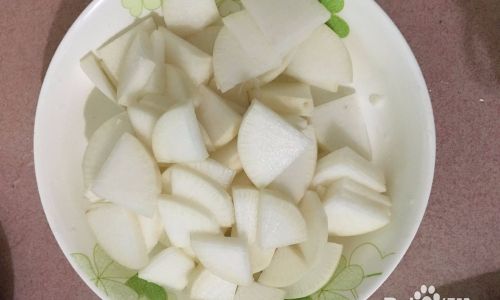

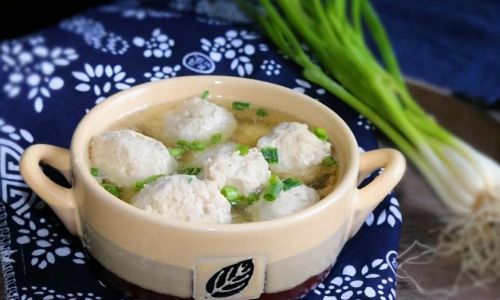
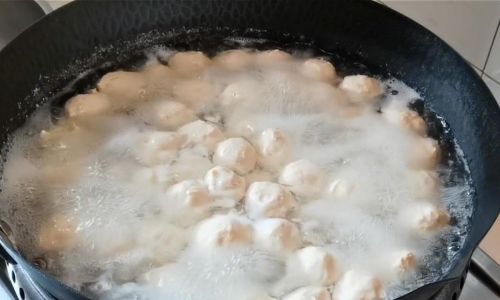
0 comments